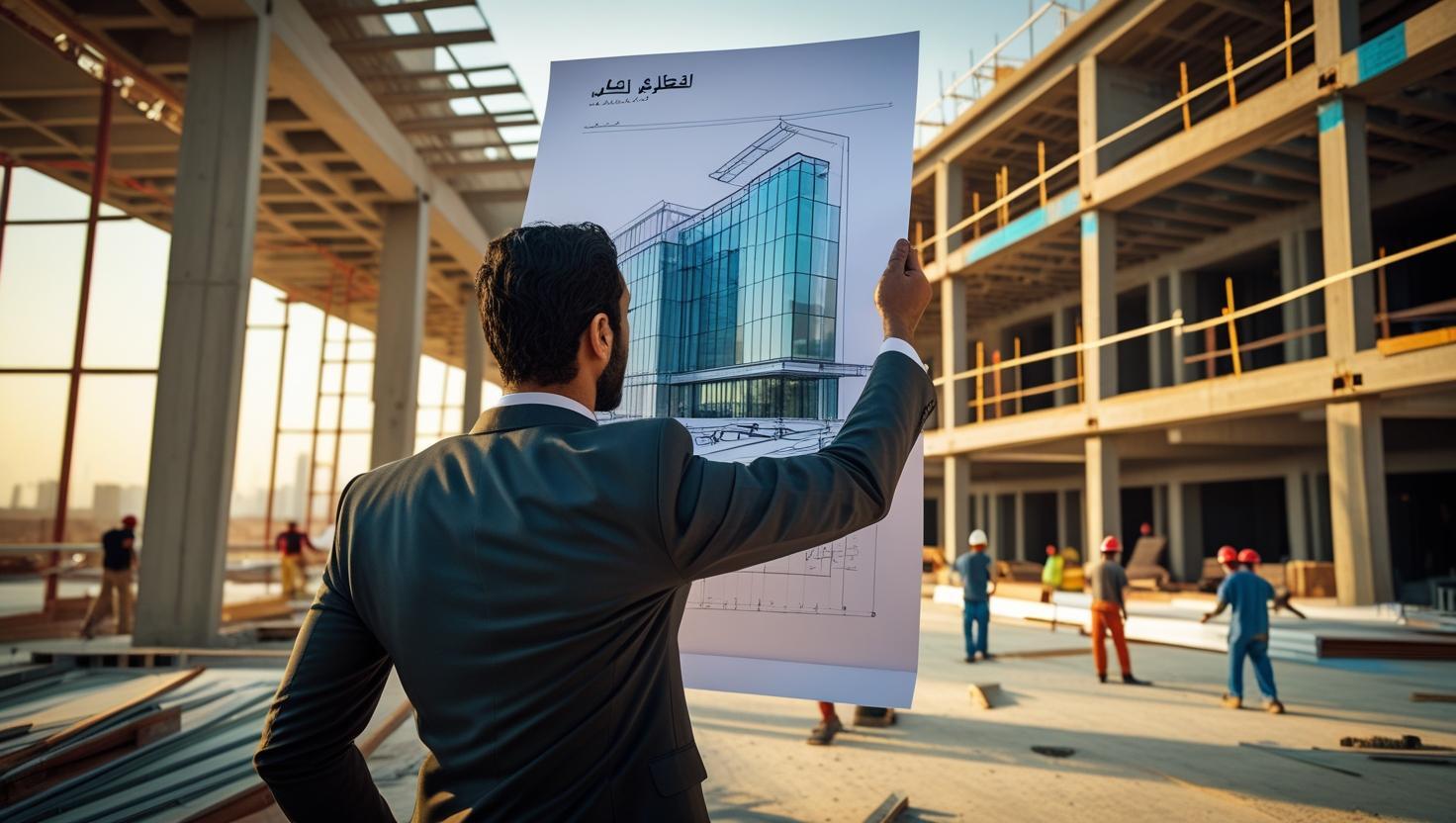10 Hotel Development Terms Every Supplier Should Know
Whether you're new to the hotel development world or just need a quick refresher, understanding the language used around hotel projects and the broader hotel industry is key to landing the right deals, building better relationships, and not blankly nodding through project briefings. Here are 10 terms that come up again and again, including a few straight from the THP hotel database filters.
Let’s break them down (no hard hat required).
1. Vision
This is where it all begins. Where the idea of a hotel is forming. It might be a sketch on a restaurant napkin, a pitch deck, or just a really enthusiastic phone call. About 60–70% of these ideas become actual new hotel development projects, while others quietly disappear.
At this point, investors, developers, and architects often start circling. For hotel suppliers, it’s early—but worth tracking.
2. Planning
Now we’re cooking. Architects are drawing out the vision, approvals are in motion, and budgets are being whispered about. The concept is solidifying, but timelines may shift. As a hospitality supplier, it’s a smart time to introduce your products before decisions get locked in.
3. Under Construction
The site’s buzzing with cranes, scaffolding, and coffee-fueled contractors. The structure is going up, and major FF&E and OS&E decisions are being finalized. If you’re in hotel fit-out or furnishings, you want to be on-site (figuratively, if not literally). This is when hotels under construction become very real.

4. Fit-Out
Fit-out is basically what happens when a hotel project stops being just a pile of walls and starts turning into a place where people want to stay.
Think of it like dressing up a hotel! Before the fit-out, it’s in its boxers (bare floors, plain walls, no furniture). The fit-out is the process of adding everything that makes it functional, comfortable, and fabulous: beds, lighting, carpets, art, minibars, the lobby furniture . . . even the fancy soap that smells too good to use.
5. Soft Opening
Think of it as the hotel’s rehearsal dinner. A limited group—staff, friends, influencers—test the systems and service flow before the big public debut. The feeling is “open, but still tweaking.” Expect a few hiccups. . . and maybe some complimentary cocktails.
6. Hard Brand / Soft Brand
No, this isn’t about mattress firmness.
A hard brand is a recognizable sub-brand within a major hotel chain, like Hilton Garden Inn or Novotel. These come with strict standards, from room layout to branded bathrobes.
A soft brand, on the other hand, is more flexible. Independent hotels can keep their name and vibe but gain access to a larger group’s marketing and distribution power. Think Marriott’s Autograph Collection. For suppliers, this often means more creative freedom.
7. Turnkey
If a project is described as “turnkey,” it means it’s delivered fully finished and ready to welcome guests. Think of it like buying a house where the furniture is already in place, the lights are on, the Wi-Fi is working, and there’s even a mint on the pillow.
8. Developer
The hotel developer is the mastermind behind getting the hotel built. They are the one turning the vision into bricks, beams, and balance sheets. They manage (or at least juggle) land acquisition, financing, planning approvals, and coordinating architects, consultants, and contractors.
If you're a supplier, the developer may not be the one making final design choices, but they often control the purse strings and the project timeline. Translation: don’t overlook them. A good relationship here can mean access to multiple projects down the line.
9. Interior Designer
Interior designers turn empty rooms into memorable guest spaces by selecting finishes, FF&E, and those Instagrammable lobby moments. If your product fits the mood board, you’re golden.
Pro tip: speak their language, show great visuals, and always bring samples.
10. Construction Filters (THP-Specific!)
If you’re using the THP hotel database you’ve probably seen our construction stage filters. They’re designed to help you pinpoint where each hotel project stands—from Vision to Pre-Opening—and to filter projects by key details like room count, location, and more. Use them to prioritize outreach, tailor your pitch, and avoid emailing a team that doesn’t even have blueprints yet.

Final Word
No one expects you to be fluent in hotel development speak overnight, but knowing the basics can open doors (sometimes literally). Whether you're selling tiles, tech, or towel warmers, a bit of lingo goes a long way.


